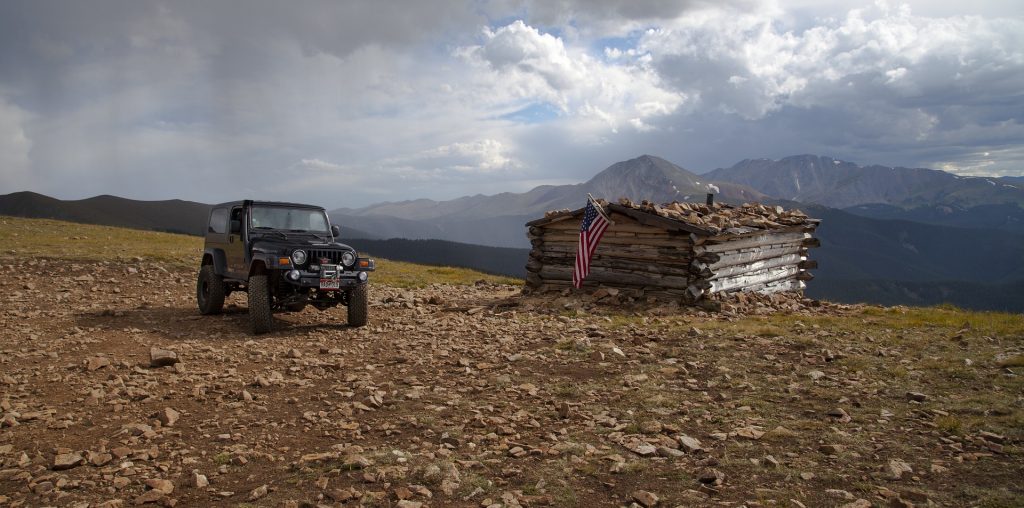It’s happened; now it’s no longer a good idea to stay home. You could bug out on foot, but depending on your fitness level you’re probably only going to be able to carry 100 pounds about 25 miles a day, assuming you have access to water and food along the way. To me this seems less than ideal. A better option would be to prepare a bug-out vehicle. You are going to want to base your design and customization on your personal philosophy of use. Maybe you have a plan B location set up that requires you go off-road so you’ll need 4 wheel drive and a decent clearance. Perhaps you have to bug out with a large group and need a larger vehicle, maybe two vehicles. Maybe you leave your bug out location fairly sparse on supplies and need to take a lot of your gear with you. How do you plan on securing it? I hope to cover this and more in the following article.
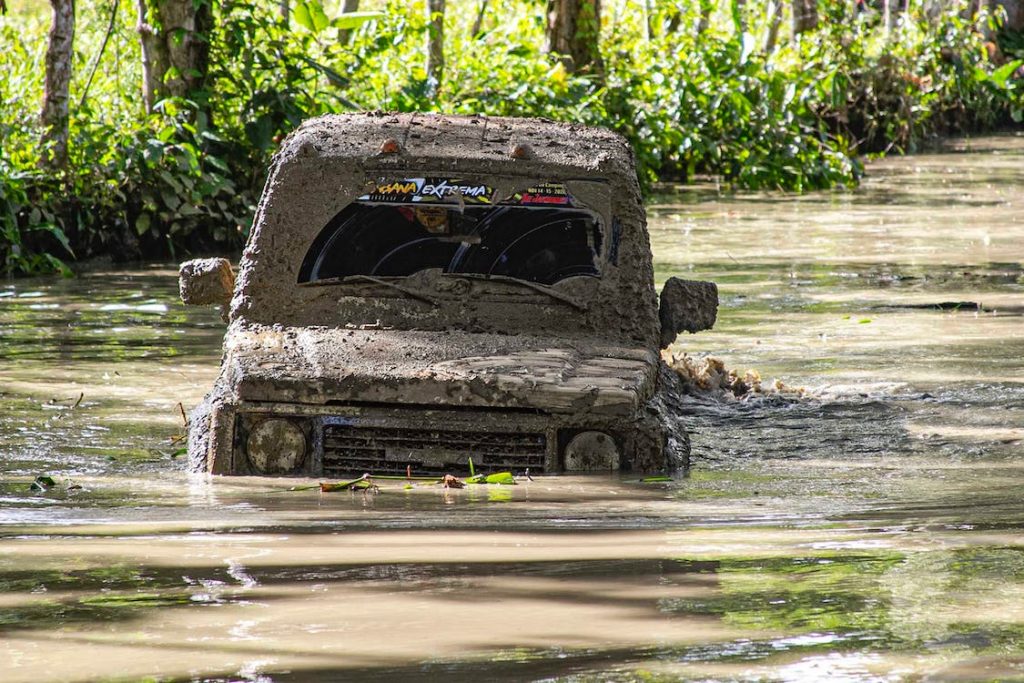
Let’s start with what you should have in your daily driver as well as your bug out vehicle. Know what fluids your vehicle requires and have the ability to replace all of them (and a funnel). Have sockets, pliers, vice grips, screwdrivers, allen wrenches, pry bars, shovel, hammer, and whatever else you would need to take your vehicle completely apart and reassemble it. Make sure there is duct tape, electrical tape, JB weld, rubber cement, and gorilla glue. Carry a small gas powered compressor or a big enough inverter to power an electric one. You should also have a tire patch kit. Pack a highlift jack, floor jack, tow strap and chains, and you may even consider a winch. Pack a set of jumper cables, and if you’re really ambitious a portable jump starter. Carry replacement fuel and oil filter, belts, brake lines, and fuses. Be sure you have a way to stow all of this gear so it doesn’t become a projectile in the event of a hard brake, collision, or rollover.
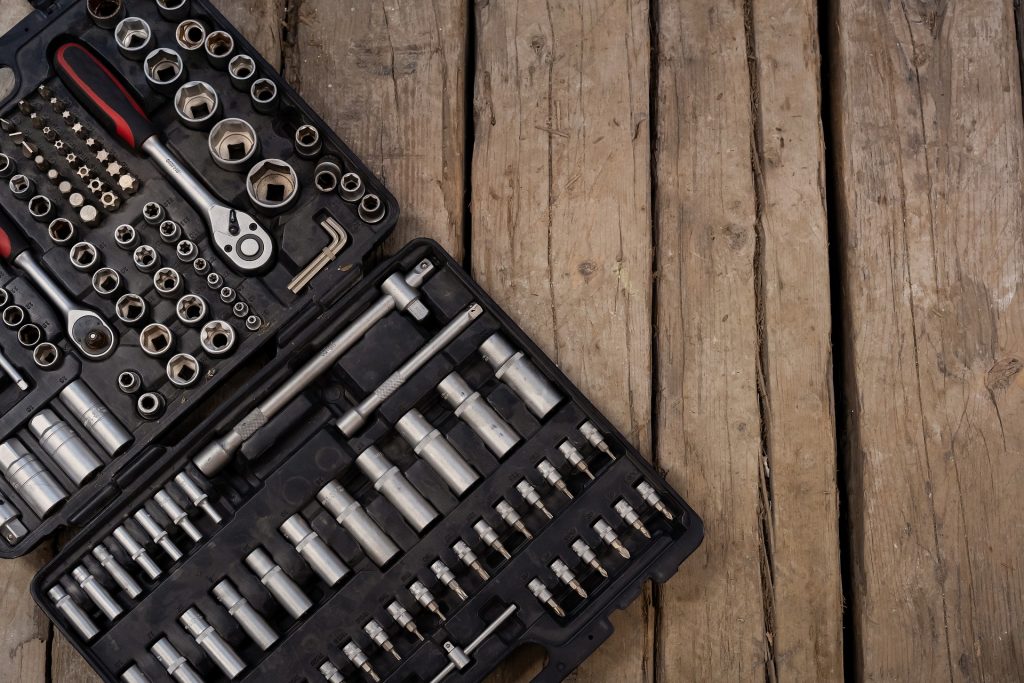
You’re going to want to have a weeks worth of drinking water in your vehicle at least. Pack a bug-out bag. Have a means of cooking food; ideally a small wood burning stove, but have alternatives. You will want a way to sleep whether that is a tent and sleeping bag or a bunk inside the vehicle itself. How will you manage waste? You should have extensive first aid and train to use it. Consider a first responder certification. Store flares as they can be used for signaling, fire starting, and even cutting metal. Have multiple flashlights and back up batteries. Electronic communication is important. You could get extensive and have a mobile Ham base station, but at a minimum I recommend a CB radio and an AM/FM receiver.
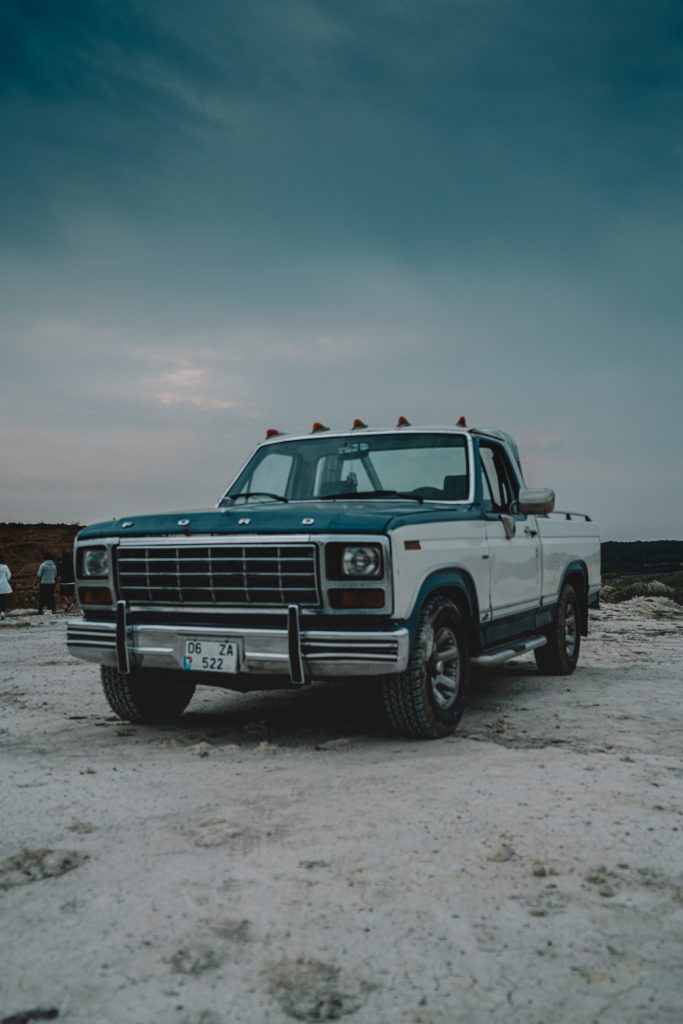
I recommend a vehicle that has no computer, for the potential of an EMP, and also for simpler repairs. Go with a common engine size from a common manufacturer; in the event that parts become scarce overall, it will make it easier to keep it running grid down. Get a large, powerful engine so you have the ability to, say, tow more gear behind you if that is your plan, or produce more power to use the vehicle’s engine as a generator with an inverter. With a big engine comes a large fuel consumption so be sure to have twice as much fuel as you will need to get to your plan B location in the event that you need to stop, make detours, or – let’s hope not, have to go to your plan C location.
Make sure you have the ability to tow things even if you don’t plan to. A good strong transmission and a heavier frame and suspension are a must. Don’t forget; loading it down with extra weight such as gear or armoring will put a strain on the overall performance. Sometimes people will down trees or place abandoned vehicles in the road to create ambush points or try to prevent traffic. Will your bug out vehicle be able to clear such obstacles? Can you pull down a gate or heavy door? What happens if it gets shot at? Where will you park it at night? Below is a list of some diverse options along with pros and cons for each.
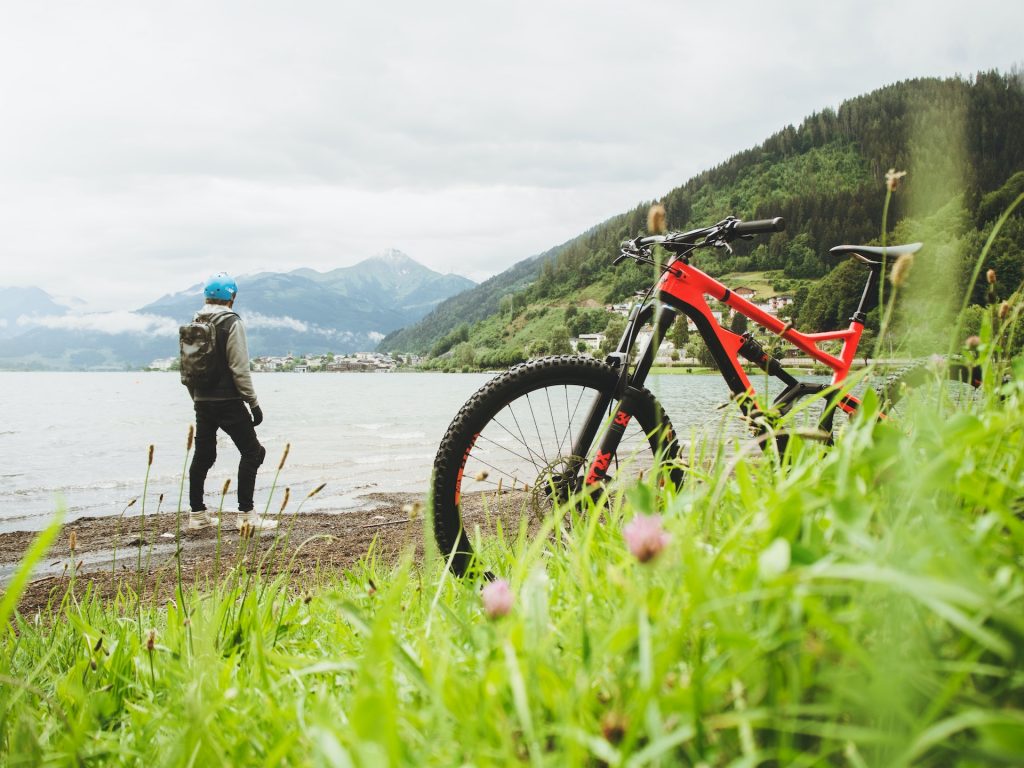
The bicycle is a good basic addition to any bug-out plan. It is lightweight, compact, affordable, and can extend your range and cargo capacity. Unlike a lot of other options, if gasoline or diesel are hard to find, a bicycle can still be used and all that is required is a sandwich (or other food). It’s frame can be used to support a debris shelter, and if you need to conceal it, it’s small size is an advantage and vegetation can be hung from it to assist in blending it with surroundings. Some of the drawbacks are obvious, such as the need for human power, increased travel time, and potential reductions in range. Although the low speed makes it easy to pursue, however, it is agile which can be an advantage in an urban or otherwise congested environment. Because it can be easily packed or strapped to a larger bug-out vehicle, it should be considered in any preparedness plan.
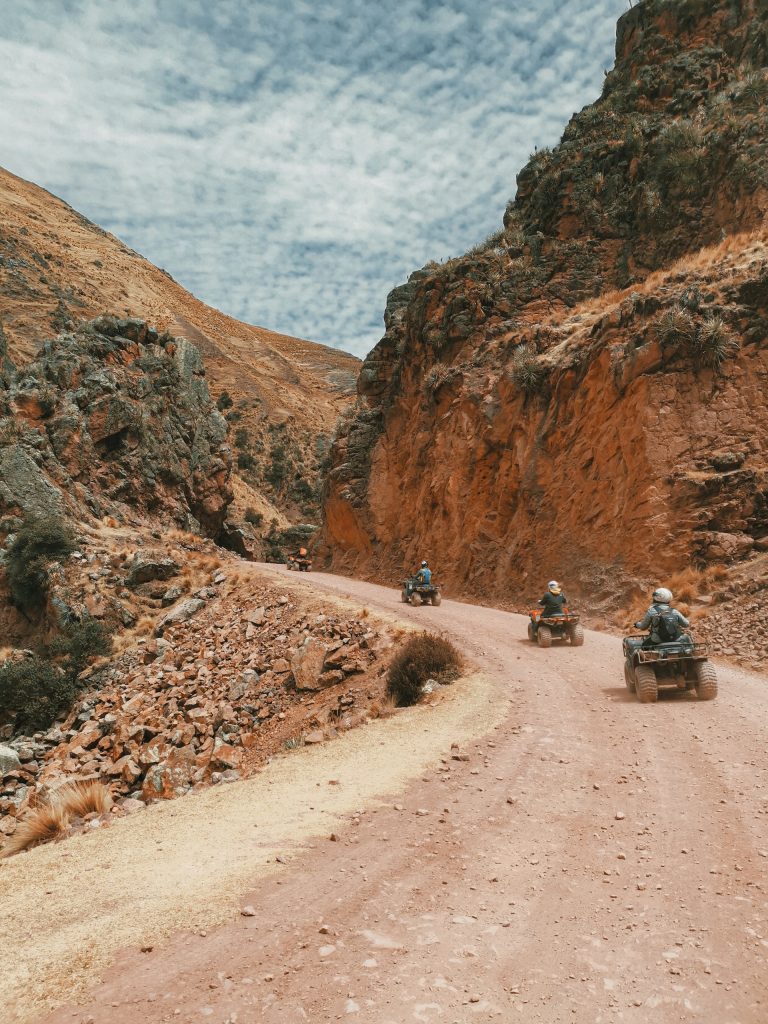
Like the bicycle, ATVs and dirt bikes are lightweight and compact, and therefore also easy to maneuver in urban and congested environments, as well as conceal or take with your larger bug-out vehicle if necessary. Also like the bicycle, they are limited in their carrying capacity, usually limited to one or two riders, and 100 pounds or so in additional cargo loads. Unlike the bicycle, they become much harder to move if there is no fuel available. They do make excellent scouting vehicles if traveling in a larger group, and they can be sent on ahead with radios to increase situational awareness and report any problems with the chosen route so those problems can be mitigated. One drawback is that they leave the rider fully exposed to both the weather and potential threats. While I wouldn’t want this as my primary bug-out vehicle, it is definitely worth considering as an auxiliary option.
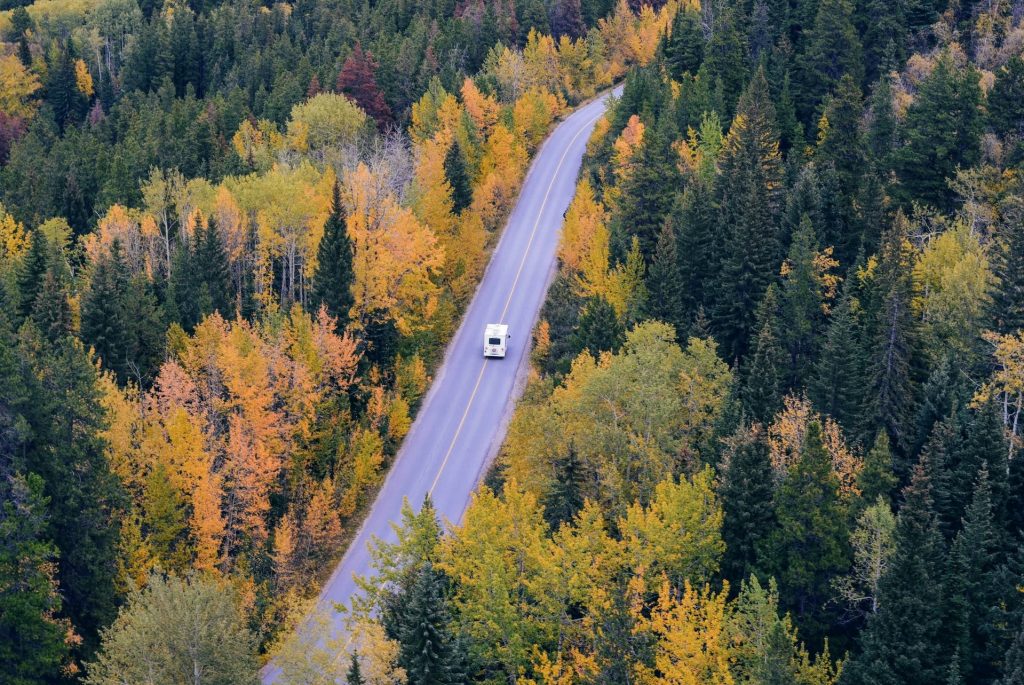
A lot of ‘preppers’ choose to customize a class C recreational vehicle, and it is a pretty decent turn-key option that one can get into on a modest budget if you look around. Advantages are that they are designed for road trips and have good fuel capacity. Class C RVs have an area for sleeping anywhere from 2-8 people or even more, as well as a kitchen and some semblance of bathroom. You can customize the interior to meet your preparedness needs, while maintaining the outward appearance of somebody who likes to take road trips from time to time, which is great for OPSEC. Unlike larger RVs, a class C can fit in most driveways. They are still large and possibly difficult to conceal, and while you might “blend in” prior to SHTF, it is widely known just how turn key and loaded these things are, and you WILL become a target once people become desperate. Most models won’t perform nearly as well off-road, and additionally you can expect to be a little slower because of the added weight.

The SUV has a lot of the advantages of a truck while providing an enclosed space protected from the elements. There are many different models with a diversity of features. Seating anywhere from 2-9 people, usually with room still for cargo, most have 4WD or AWD, and a lot of them have decent towing capacity. Very few SUVs existed back in the day of purely carbureted motors, meaning that they are more susceptible to EMPs. SUVs are much smaller than the Class C RV, and with slightly less fuel consumption, but considerably more than an ATV or motorcycle would use. This option won’t stick out as much or be as big of a target. If you can only have one vehicle as a daily driver and a bug-out vehicle, the SUV is probably the best option.
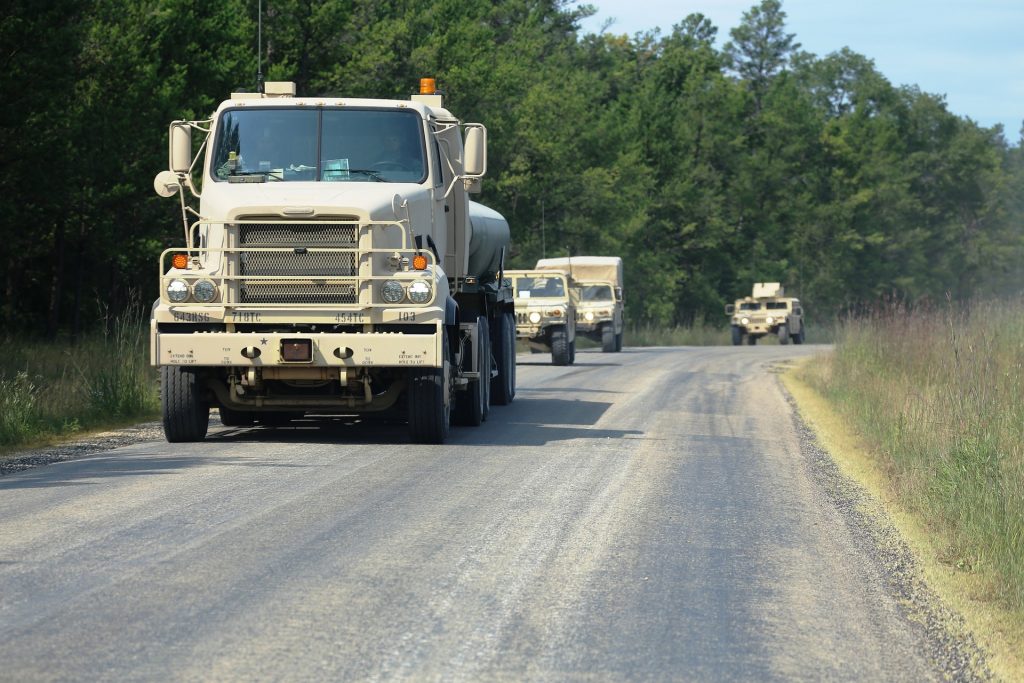
Most military surplus vehicles are rugged options, and the American ones at least are designed to run after an EMP, however in a grid-down scenario getting replacement parts could prove difficult. Some of them are capable of driving off-road, over cars, through gates and similar. With the wide selection of military surplus vehicles you can choose one to meet your purposes, whether that includes high clearance for extreme off-road use, armoring if you anticipate being under fire during your bug-out and even some with amphibious capabilities in the event you need to ford a river or evade a land pursuit. The paint on American military surplus vehicles is non-reflective and designed to be chemical agent resistant and assist in infrared concealment. The fuel consumption is high, however some of the diesel models can run on food grease, used motor oil and other sources if diesel is scarce. Unless you have a remote location to store it until it’s time to bug-out it will prove kind of difficult to conceal something like a deuce-and-a-half, not so good for OPSEC.
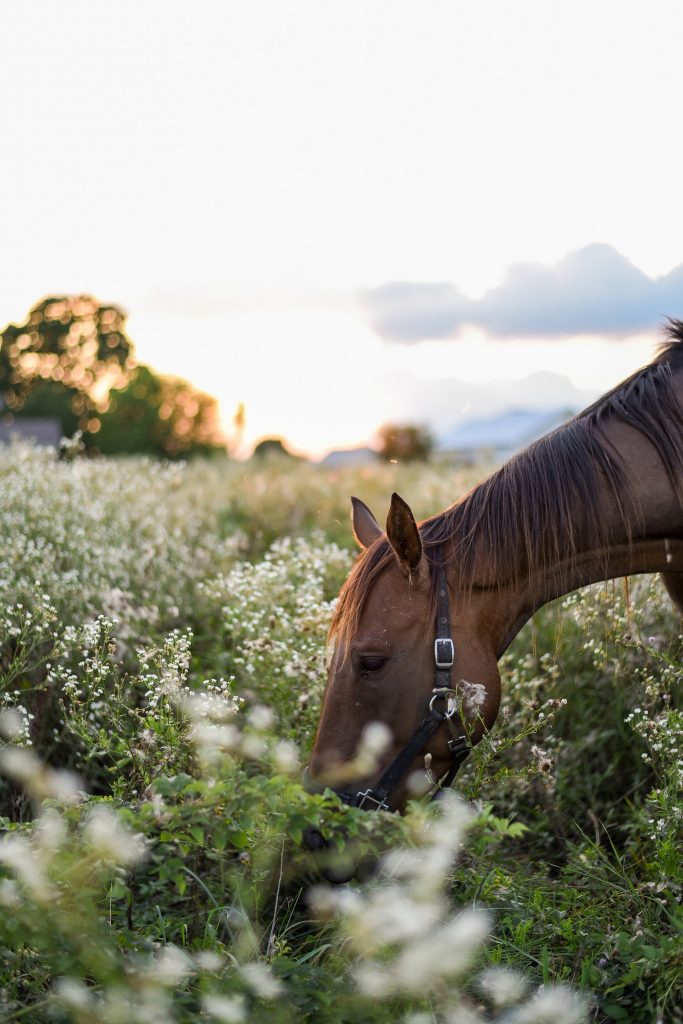
Animals have been utilized for their ability to carry supplies and people for thousands of years. Horses are the most obvious choice for most people, but when riding, both you and the horse are exposed to the elements. Horses are much faster, can negotiate and jump over obstacles, and are able to access much steeper terrain than cattle, which are also a very common option for transporting provisions. While cattle are much slower than horses, they are capable of carrying much heavier loads, and are much less likely to injure themselves or “spook” and run away with your belongings. While not technically a bug-out vehicle, dogs can also be used to pull sleds or carts, and have the advantage of providing an alert when potential threats are near, and can also be useful in defense or even to catch game. If choosing a bug-out animal, remember that they do require basic care, and must be fed an adequate supply of food and water to perform at their best without as much risk of illness or death. It is also a good idea to learn the basic physiology of whichever animal you choose, and pack first aid provisions, as well as some kind of blanketing or other protection against the elements. Another drawback is that they may make sudden noises, even if trained, which could compromise your location and put you and the animal at risk.
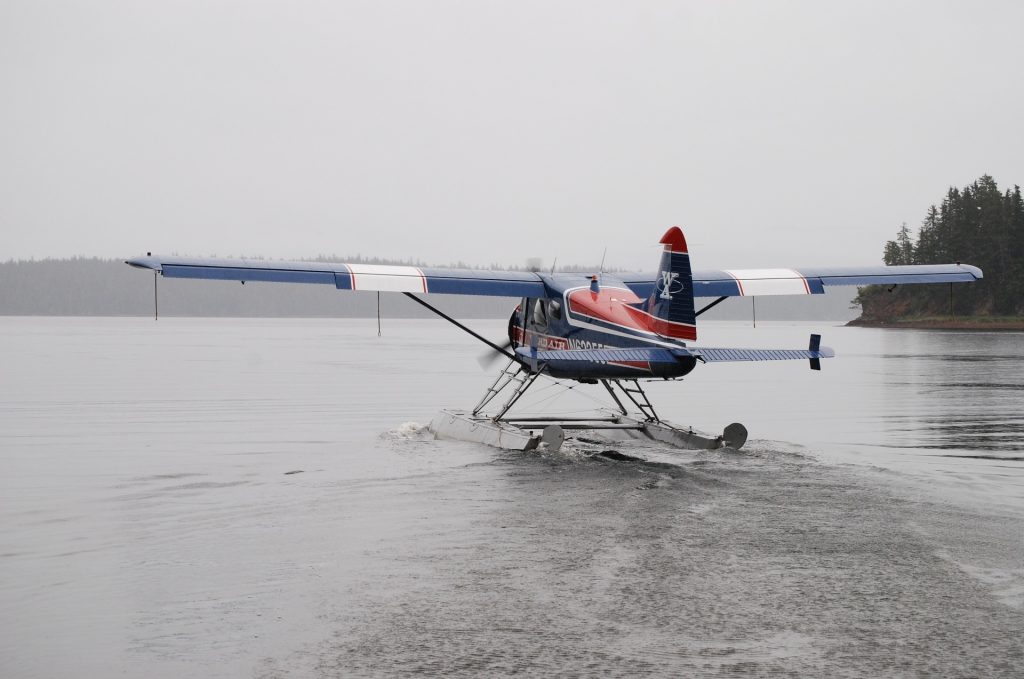
A bug-out vehicle’s main purpose is to Get Out Of Dodge (G.O.O.D.) and on to a predetermined location perceived to be safe and secure. The key word there is ‘predetermined.’ You need to have a plan of where you are going to go, keeping redundancy in mind, and planning multiple routes. Ultimately the vehicle you choose is going to depend on what you are preparing for and how you intend on dealing with it. It was a conscious decision to not include vehicles such as boats, aircraft, snowmobiles, trains or other modes of transportation that the vast majority of people would either not have easy access to, the need for, or the ability to use. Once your bug-out vehicle(s) fail your last option is your own body, so be sure you can recognize when your BOV becomes a trap instead of a tool. Keep your eyes open powder dry and your fuel tanks well above half full.
